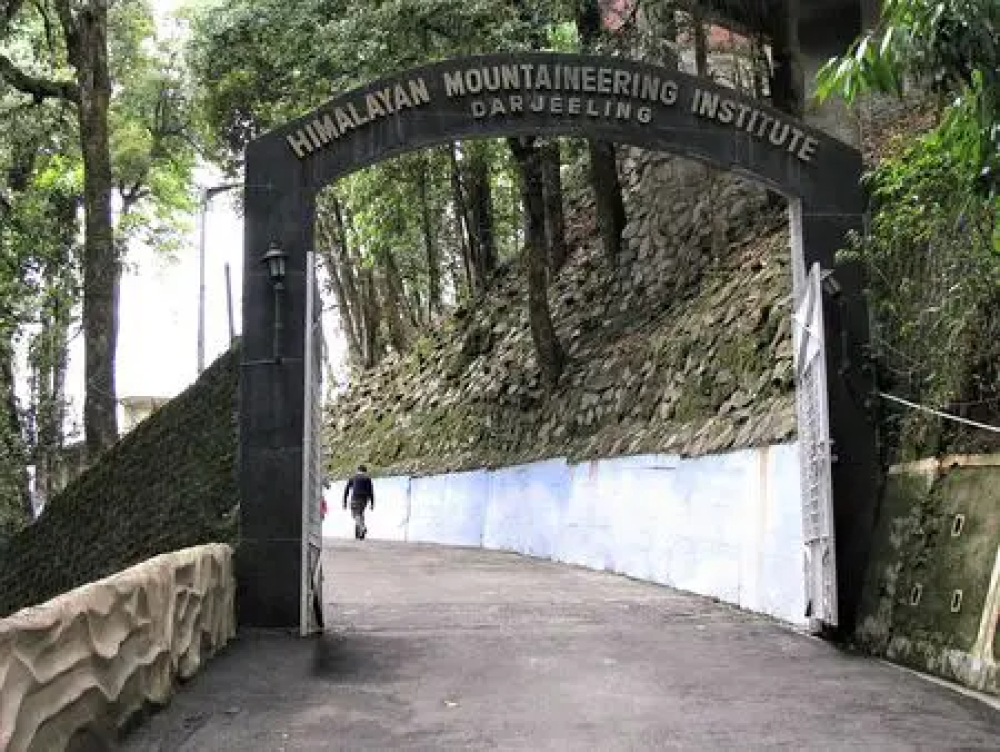

Established in the wake of the successful summit of Mount Everest by Tenzing Norgay and Sir Edmund Hillary in 1953, the Himalayan Mountaineering Institute (HMI) was founded on November 4, 1954, to encourage mountaineering as an organized sport in India. The institute was set up with the personal initiative of the then Prime Minister, Pt. Jawaharlal Nehru who wished to commemorate the monumental achievement of Sherpa Tenzing Norgay, who was later the first Director of Field Training for HMI.
Located in the picturesque hill station of Darjeeling, West Bengal, HMI has become a pilgrimage spot for climbing enthusiasts from all over the world. It draws in visitors not only intending to undertake training but also tourists interested in mountaineering history, and the rich cultural and natural heritage of the Himalayas.
Over the years, HMI has established itself as one of the premier mountaineering institutes in the world and has been an integral part of the growth of mountaineering as a respected endeavor, both scientifically and adventurously.
There has been a shift in the tourism trends at HMI Darjeeling in recent years. Given the growing awareness and interest in adventure sports, more tourists now see mountaineering and trekking not just as recreational activities but as sports that require professional training.
The institute caters to this change by offering various courses from beginner to advanced levels, drawing in both Indian nationals and foreigners. These courses are conducted under the supervision of highly skilled and experienced mountaineers.
Moreover, the HMI museum, which houses an exquisite collection of mountaineering exhibits and memorabilia of famous mountaineers, has become a significant attraction. Ensuring a comprehensive understanding of the mountaineering history, equipment evolution, and geography of the Himalayas, the museum is the highlight for many visitors.
Sustainability has also come to the forefront of tourism trends at HMI. The institute promotes eco-friendly practices and emphasizes preserving the serene beauty of the Himalayan ranges. Increasingly, visitors are also taking an interest in local culture and the institute frequently arranges cultural exchanges along with its mountaineering courses.
Beyond the Himalayan Mountaineering Institute, Darjeeling is home to numerous other attractions that add to its tourism appeal. Visitors can ride the historic Darjeeling Himalayan Railway, a UNESCO World Heritage site, or explore the verdant tea gardens that produce the acclaimed Darjeeling tea. Sightseeing in the region includes enjoying panoramic views of the majestic Kanchenjunga peak, exploring monasteries like Ghoom Monastery, and visiting the Padmaja Naidu Himalayan Zoological Park, which specializes in breeding Tibetan wolves, Red Pandas, and Snow Leopards.
Tourists planning to visit the Himalayan Mountaineering Institute should check the official HMI website for the latest information on course availability, museum timings, and any travel restrictions. As weather conditions can change rapidly in the mountains, it is also advisable to come prepared with appropriate clothing and equipment.